You are here
Back to topMarket Pulse: Vietnamese Banana and Durian Prices Continue To Soar
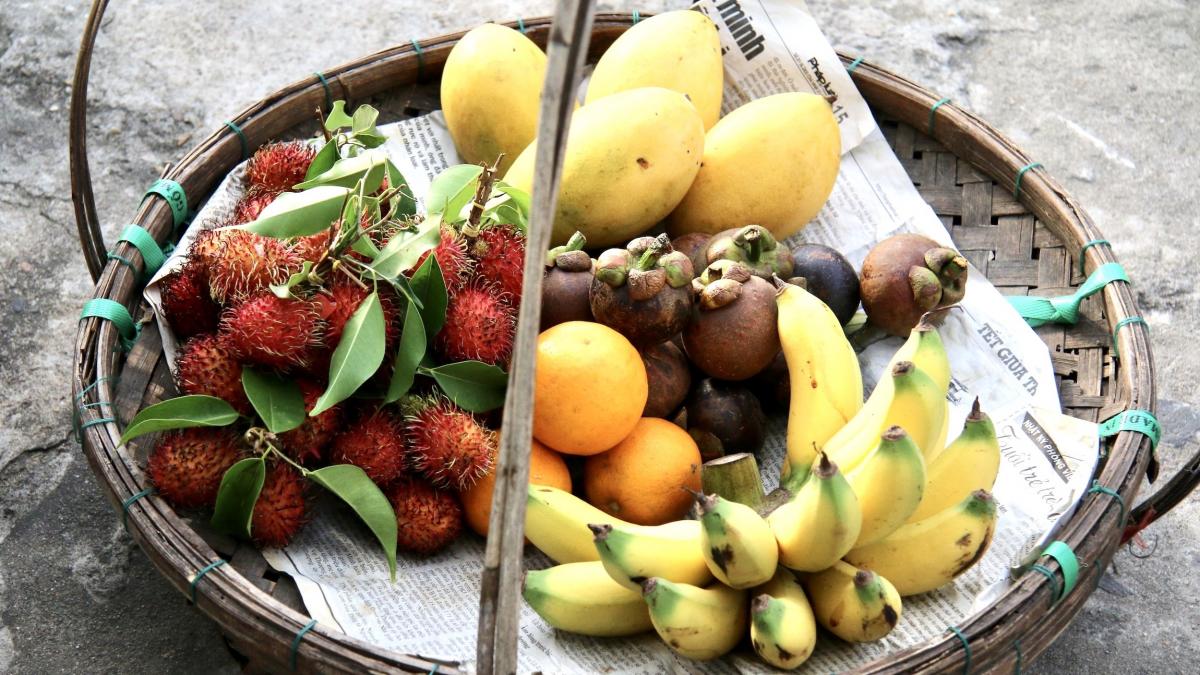
According to Vietnamese media reports, exports of Vietnam’s fresh bananas and durians to China through official channels have increased significantly in recent weeks. This has led to a spike in domestic prices, which are now up 20–100% compared with just two months ago.
Dong Nai province in southeast Vietnam has seen an increase in banana prices up to 13,500–14,000 Vietnamese dong ($0.57–0.59) per kilogram, corresponding to double those in October and November. Meanwhile, durian prices in nearby Tien Giang province have jumped to 80,000–85,000 dong ($3.39–3.60) per kilogram, an increase of 22% since October.
A farmer in Tien Giang province reported that durians grown in compliance with the VietGAP (Vietnamese Good Agricultural Practices) standard are now selling at 80,000 dong ($3.39) per kilogram, the highest price in the past five years.
Purchase prices of Ri6, Kho Qua Xanh and Chuong Bo durian varieties currently all exceed 80,000 dong ($3.39) per kilogram, while the price of Monthong durians is as high as 95,000–100,000 dong ($4.02–4.24). Retail prices of lower quality second- and third-class durians in Vietnam now stand at 50,000 dong ($2.12) per kilogram.
According to Vietnam’s Agro Processing and Market Development Authority, the prices of Vietnamese fruit have been continuously fluctuating in recent months. Besides bananas and durians, the price of red-fleshed dragon fruit has jumped to 22,000 dong ($0.93) per kilogram, while that of white-fleshed dragon fruit has reached 16,000 dong ($0.68) per kilogram. The prices of mangos, rambutans and longans have also increased significantly compared with the same period of last year.
Vietnam’s Chanh Thu Fruit Import and Export Co. Ltd. reported that since China started official imports of Vietnamese durians, the company has exported over 1,000 metric tons of the fruit. Although China’s demand for durians is currently booming and prices are very attractive, the export volume remains relatively low. Commenting on the official access of Vietnamese bananas to the Chinese market, Vietnamese agricultural company Hoang Anh Gia Lai JSC said that it had created a favorable environment for exports. Recently, coupled with the increased seasonal demand for bananas in China, it has led to an even greater growth of imports from Vietnam.
Dang Phuc Nguyen, secretary general of the Vietnam Fruit and Vegetable Association (VinaFruit), suggested three main reasons for the continued increase in prices. First, cross-border traffic operations have started to normalize, just ahead of the Spring Festival holiday period when imports tend to increase. Second, Vietnam has recently signed agreements with China for new agricultural products such as durians and bananas, which has prompted greater exports of Vietnamese fruit. Third, weather conditions have resulted in a decreased domestic fruit supply.
Experts in Vietnam have predicted that prices of the aforementioned fruit will continue to rise in December and the first quarter of 2023 in line with the increased demand due to the Spring Festival holiday. If Vietnam ensures compliance with its phytosanitary commitments, which will help to improve the efficiency of fruit inspections and customs clearance procedures at border crossings, exports may reach new heights.
According to data from the Plant Protection Department of Vietnam’s Ministry of Agriculture and Rural Development, Vietnam currently produces over 2.3 million metric tons of bananas each year across a planting area totaling approximately 154,000 hectares, which accounts for 14.5% of the country’s total fruit planting area. In the northern regions of Vietnam, banana plantations are estimated to cover around 70,000 hectares, with an output of 1.2 million metric tons, while the country’s southern provinces have a planting area of approximately 83,800 hectares and a production of 1.1 million metric tons. Meanwhile, the durian growing area in Vietnam is estimated at 90,000 hectares with an annual yield of approximately 1.3 million metric tons, of which nearly 3,000 hectares producing about 68,000 metric tons of fruit have obtained planting area codes from China’s General Administration of Customs.
Image: Unsplash
This article was translated from Chinese. Read the original article.



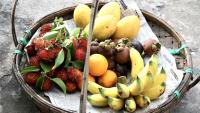
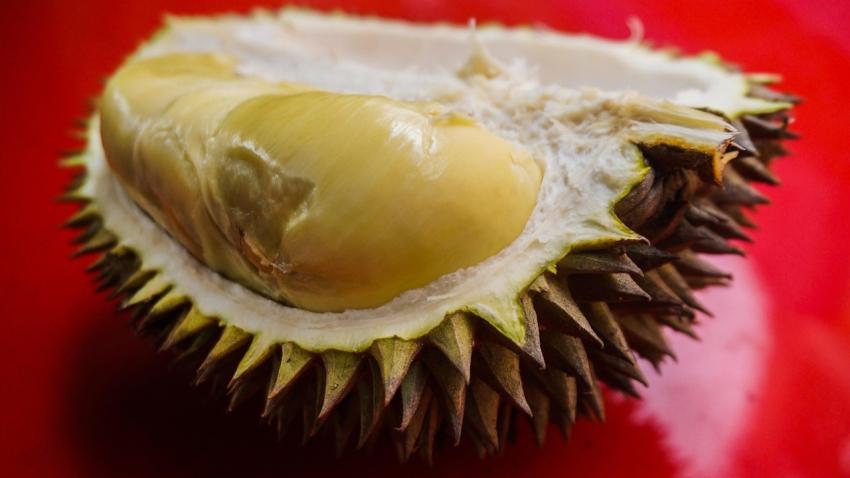
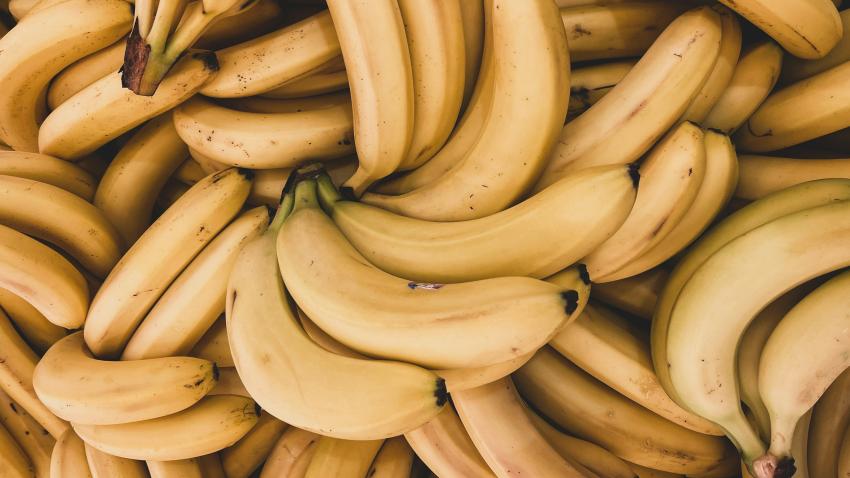
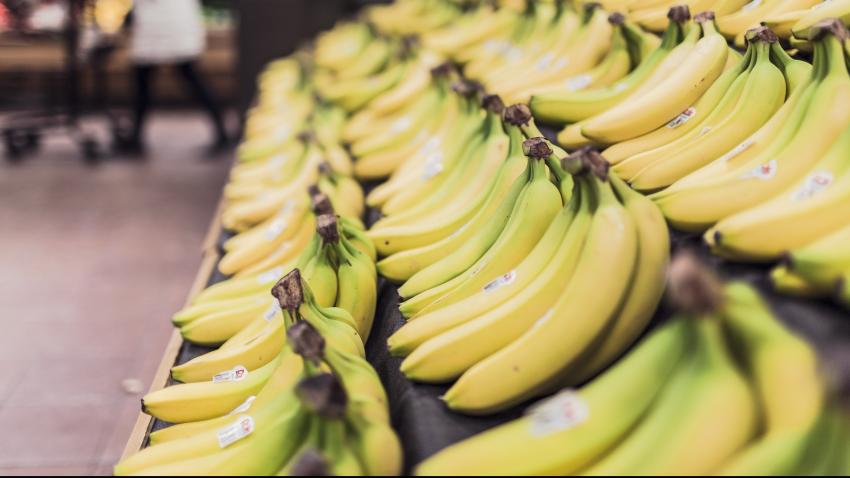
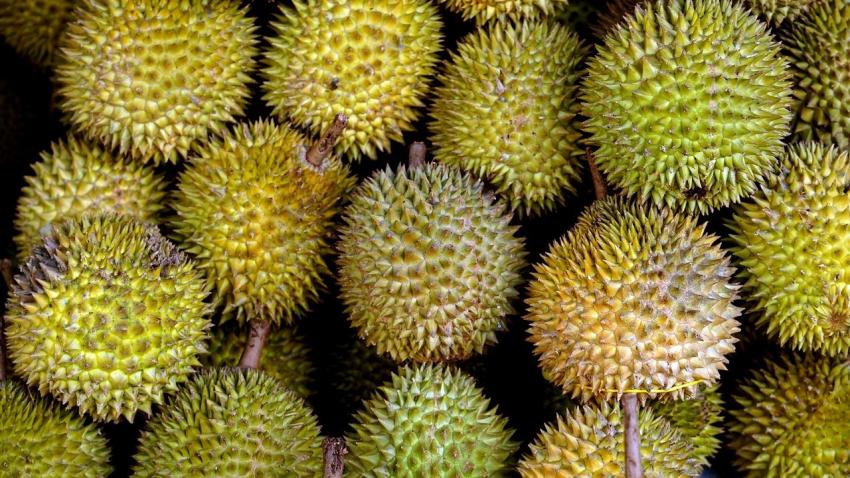







Add new comment